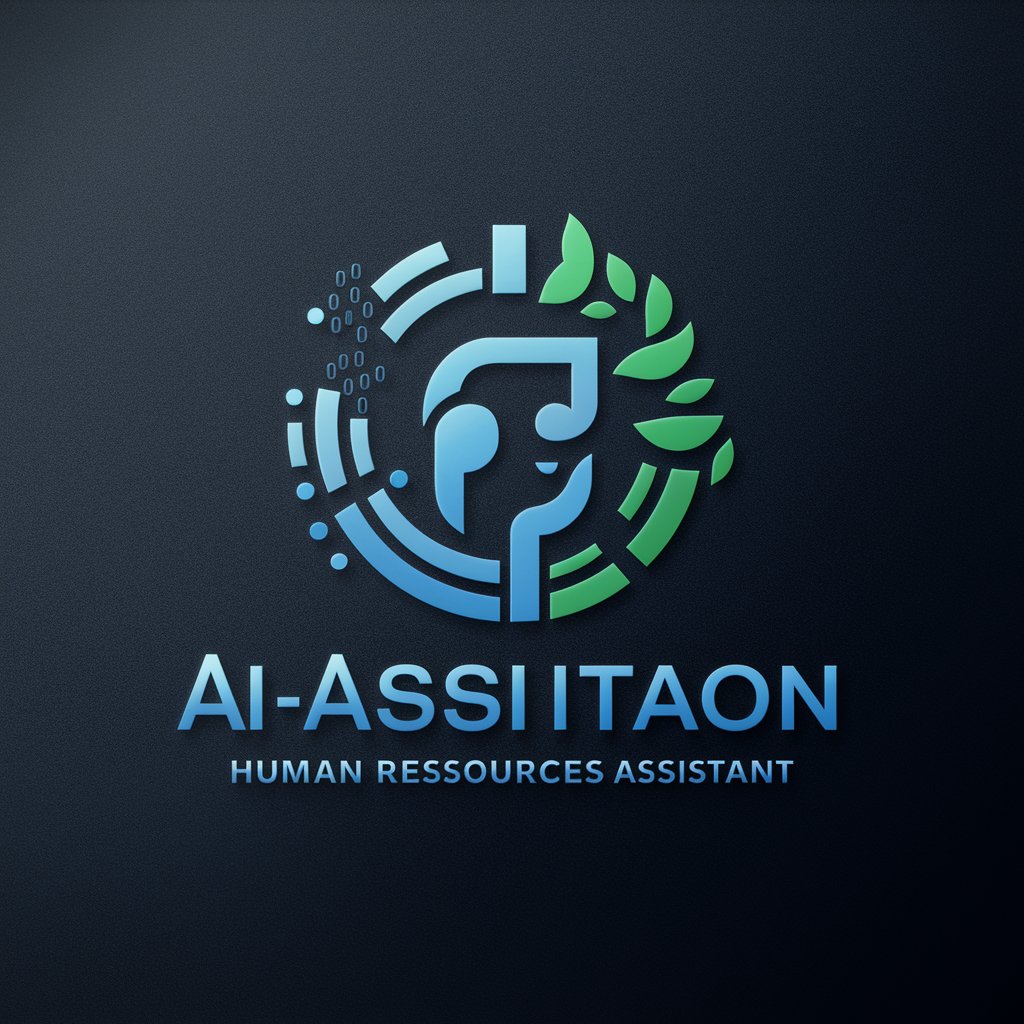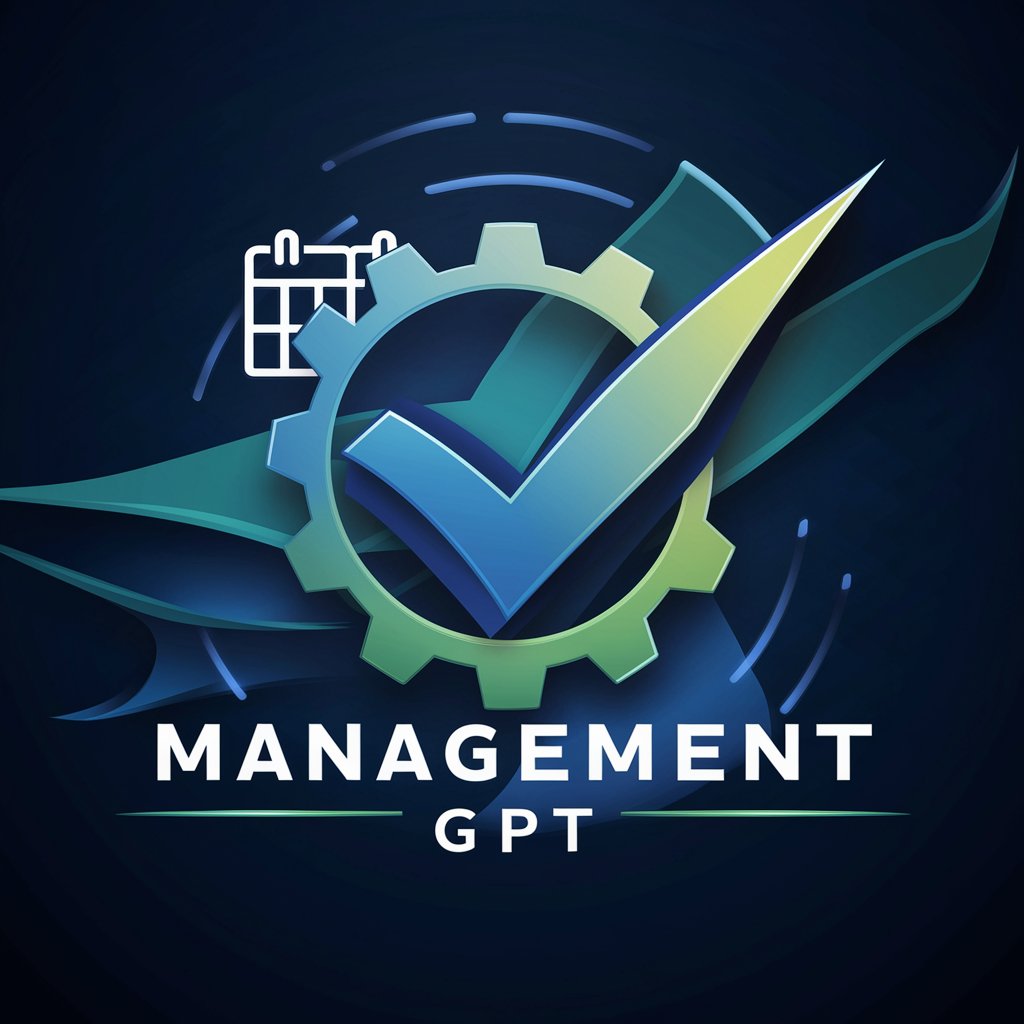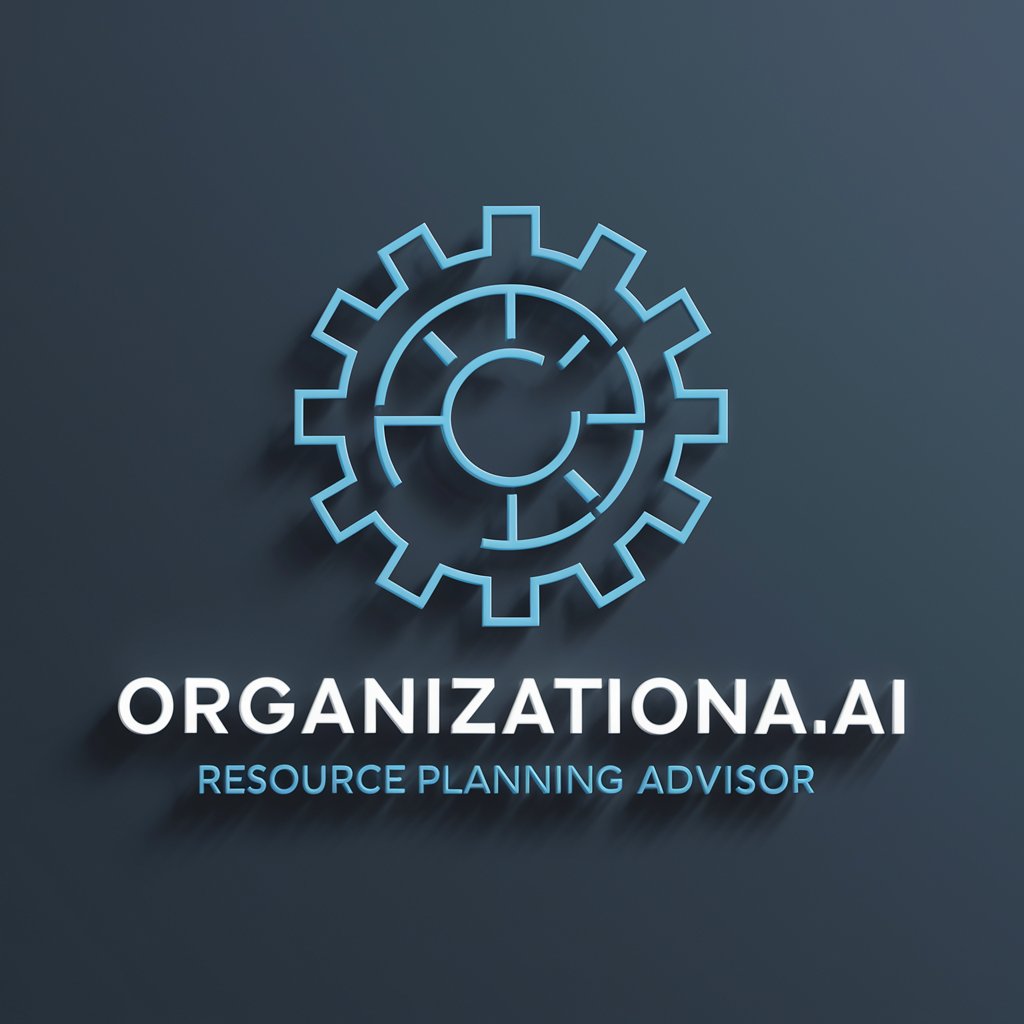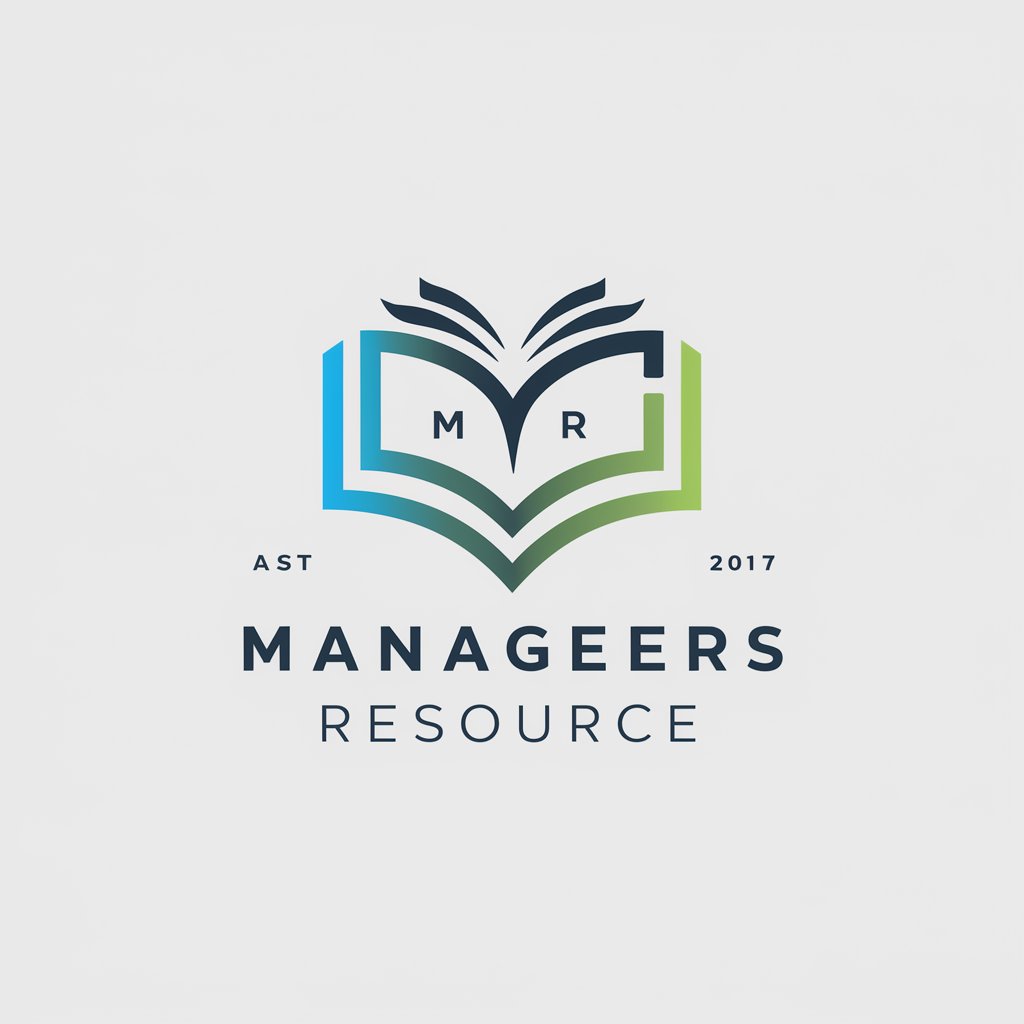
Resource Management - Resource Management Insights
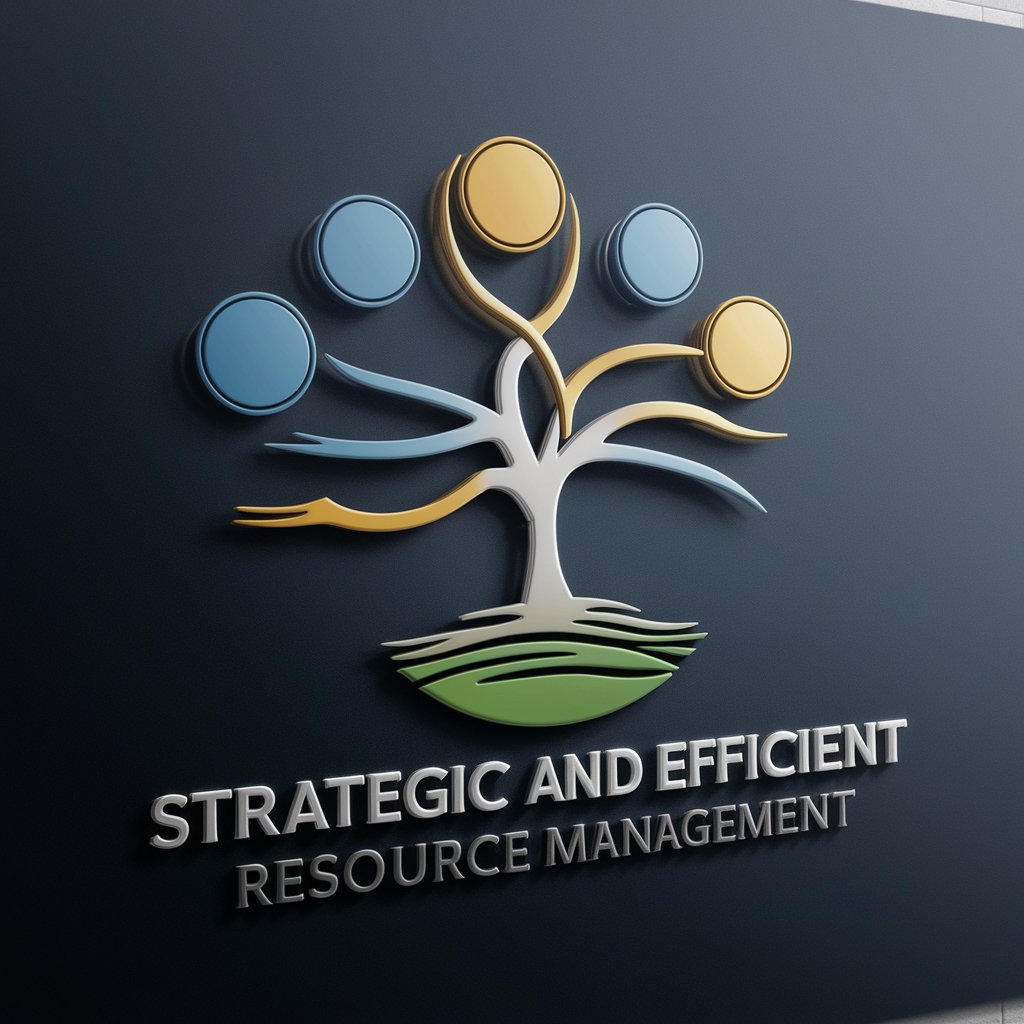
Welcome! Let's optimize your resources for maximum efficiency and sustainability.
Maximize Resources with AI
What are the best strategies for optimizing natural resource utilization in a manufacturing company?
How can a business effectively balance financial resources to maximize profitability and sustainability?
What methods can be employed to enhance human resource efficiency and productivity in a remote work environment?
What are the key principles of resource conservation that can be implemented in urban planning?
Get Embed Code
Introduction to Resource Management
Resource Management is a specialized field focused on the strategic planning, allocation, and optimization of resources to enhance efficiency and achieve specific objectives. Its scope spans across natural resources, financial assets, and human capital, aiming to ensure that these resources are used effectively to support sustainability and organizational goals. For example, in environmental conservation, Resource Management involves strategies for preserving natural habitats and managing water resources to prevent depletion. In a corporate setting, it may involve budget allocation for different departments to maximize productivity and profitability. The purpose of Resource Management is to balance resource utilization with the demands of growth and conservation, ensuring that current needs are met without compromising the ability of future generations to meet their own needs. Powered by ChatGPT-4o。

Main Functions of Resource Management
Strategic Planning and Allocation
Example
Developing a comprehensive plan for utilizing a city's budget to improve infrastructure while ensuring environmental sustainability.
Scenario
A city government uses Resource Management to allocate budget for road repairs, public transportation improvements, and green space development, ensuring a balanced approach to urban development and environmental conservation.
Efficiency Optimization
Example
Implementing energy-saving measures in manufacturing processes to reduce costs and environmental impact.
Scenario
A manufacturing company applies Resource Management principles to optimize its production processes, adopting energy-efficient technologies and reducing waste, which leads to lower operating costs and minimized environmental footprint.
Sustainability and Conservation
Example
Designing and executing a water management plan to address the scarcity in drought-prone areas.
Scenario
A regional water authority employs Resource Management strategies to ensure sustainable water use. This includes implementing water-saving technologies, promoting conservation practices among the community, and developing new water sources, thereby securing water supply for future generations.
Ideal Users of Resource Management Services
Government and Policy Makers
This group includes local, regional, and national government bodies and policy makers who are responsible for developing and implementing strategies for sustainable development, urban planning, and environmental conservation. They benefit from Resource Management by gaining insights into efficient resource allocation, enabling them to make informed decisions that balance economic growth with environmental sustainability.
Business Leaders and Managers
Business leaders and managers across various industries can leverage Resource Management to optimize operational efficiency, reduce costs, and enhance corporate sustainability. By understanding and applying Resource Management principles, they can improve profitability while ensuring responsible use of financial and natural resources, aligning business practices with sustainability goals.
Environmental Organizations and Activists
This group is dedicated to preserving natural resources and promoting sustainability. Through Resource Management, they can develop and advocate for effective conservation strategies, engage stakeholders in sustainable practices, and contribute to policy development, ensuring a focused and strategic approach to environmental protection.

How to Use Resource Management
Start Your Journey
Begin by visiting yeschat.ai to access a free trial without the need for login or subscribing to ChatGPT Plus, ensuring easy and immediate access.
Identify Your Needs
Evaluate and clearly define your resource management needs, whether they involve natural, financial, or human resources, to leverage the tool's capabilities effectively.
Explore Features
Familiarize yourself with the tool's features and functionalities, including conservation strategies, optimization techniques, and balanced allocation methods for various resources.
Apply Insights
Utilize the insights and recommendations provided by the tool to implement strategic resource management practices within your organization or projects.
Monitor and Adjust
Regularly monitor resource usage and outcomes, and be prepared to adjust strategies based on performance data and changing needs or conditions.
Try other advanced and practical GPTs
Natural Resources
Empowering sustainable management with AI
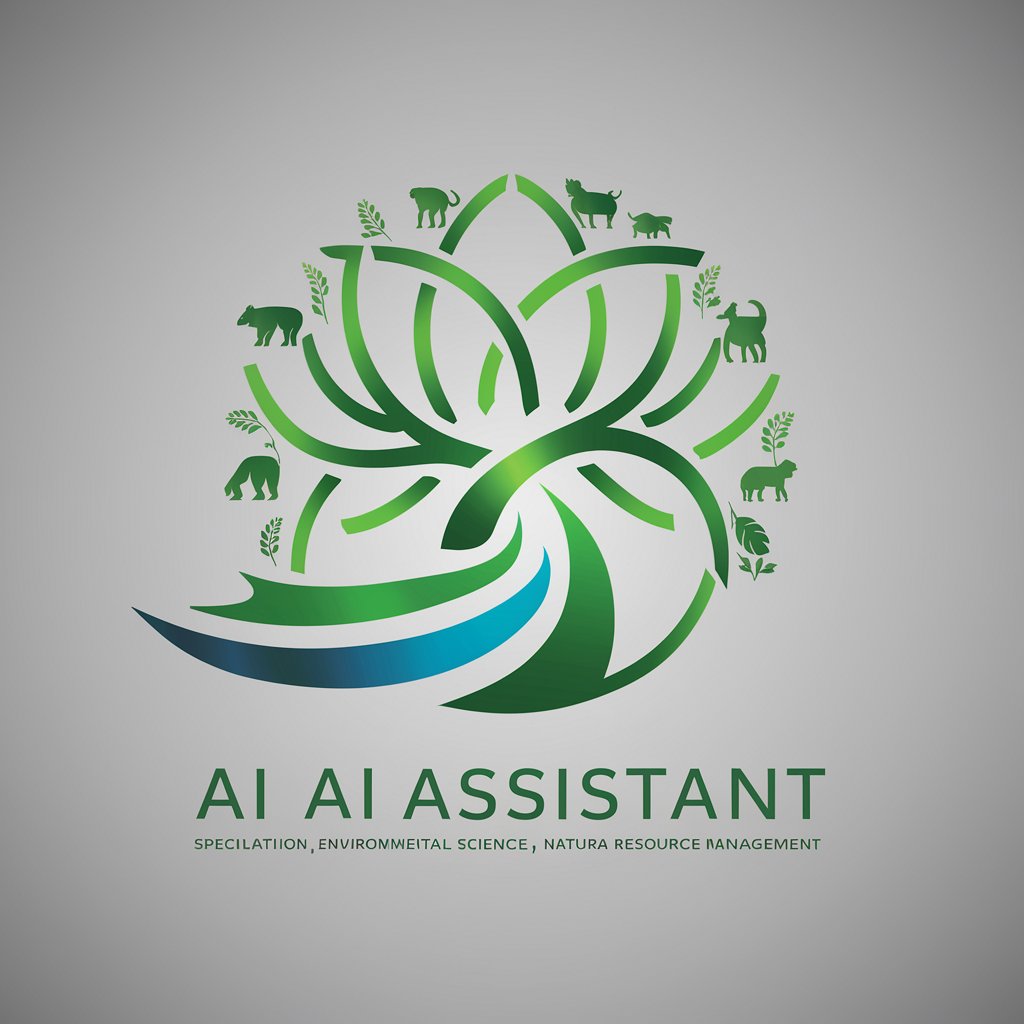
Natural Resources Management
Empowering Sustainable Management with AI

Human Resources Development
Empowering Professional Growth with AI

Human Resources Management
Empower HR with AI-driven insights
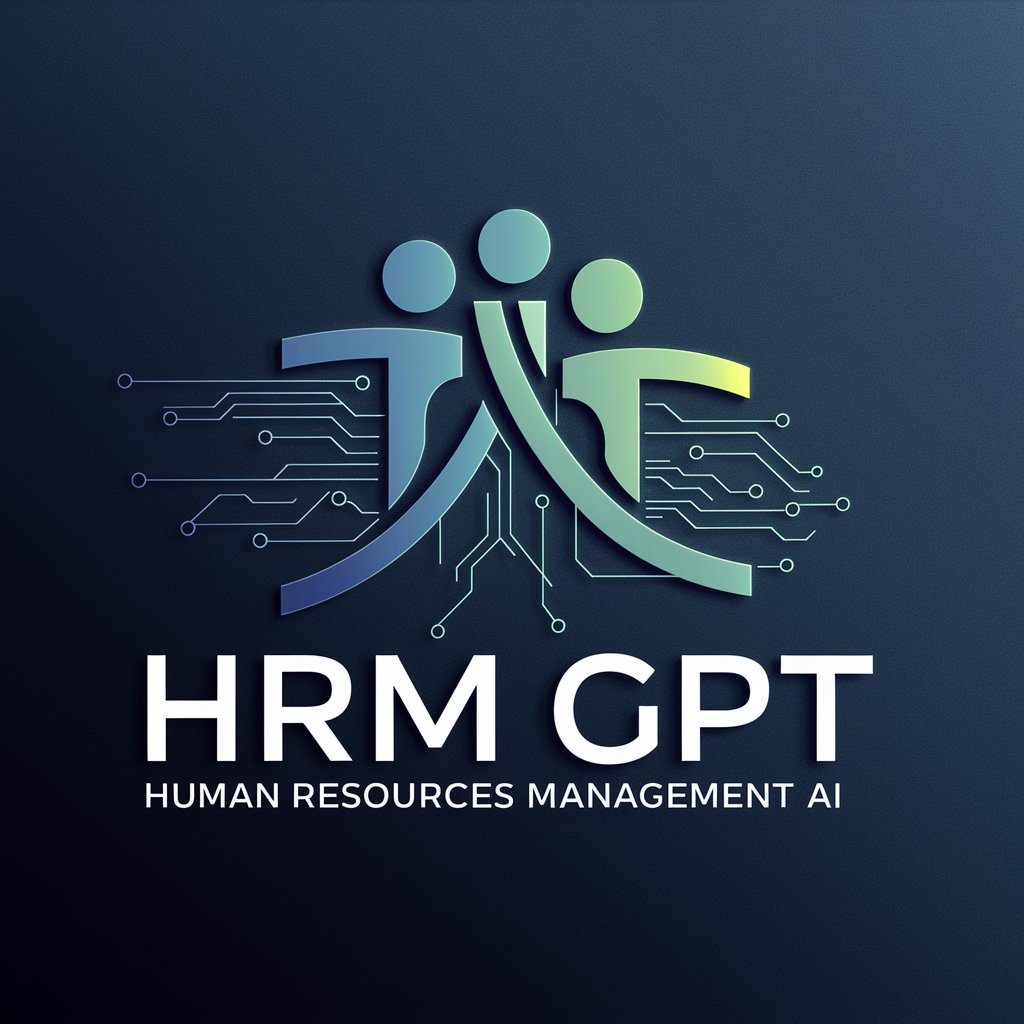
Human Resources Training
Empower HR Excellence with AI
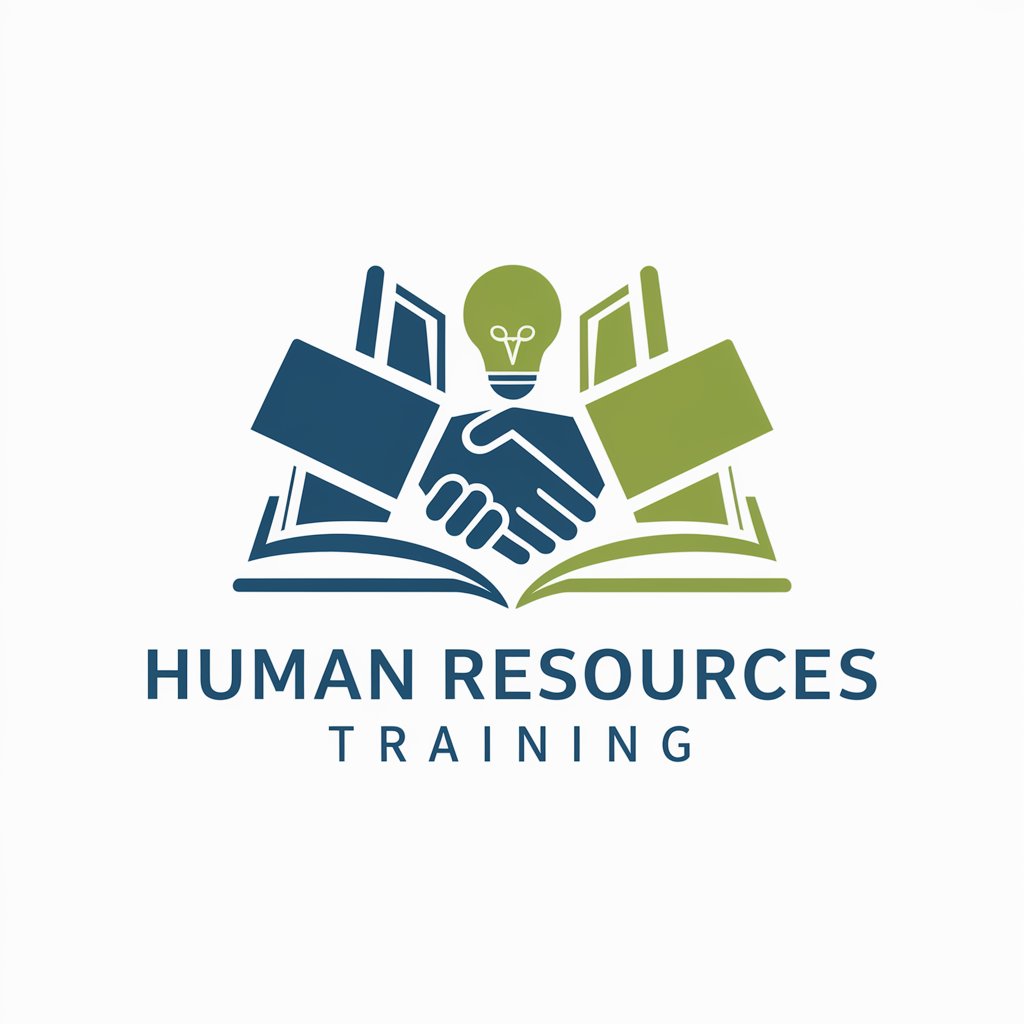
Advanced Case Study Expert
Empowering Design Decisions with AI

Skill Scout
Empower Your Team with AI-Driven Skill Insights

Public Service Administrator
Empowering Public Service Access with AI
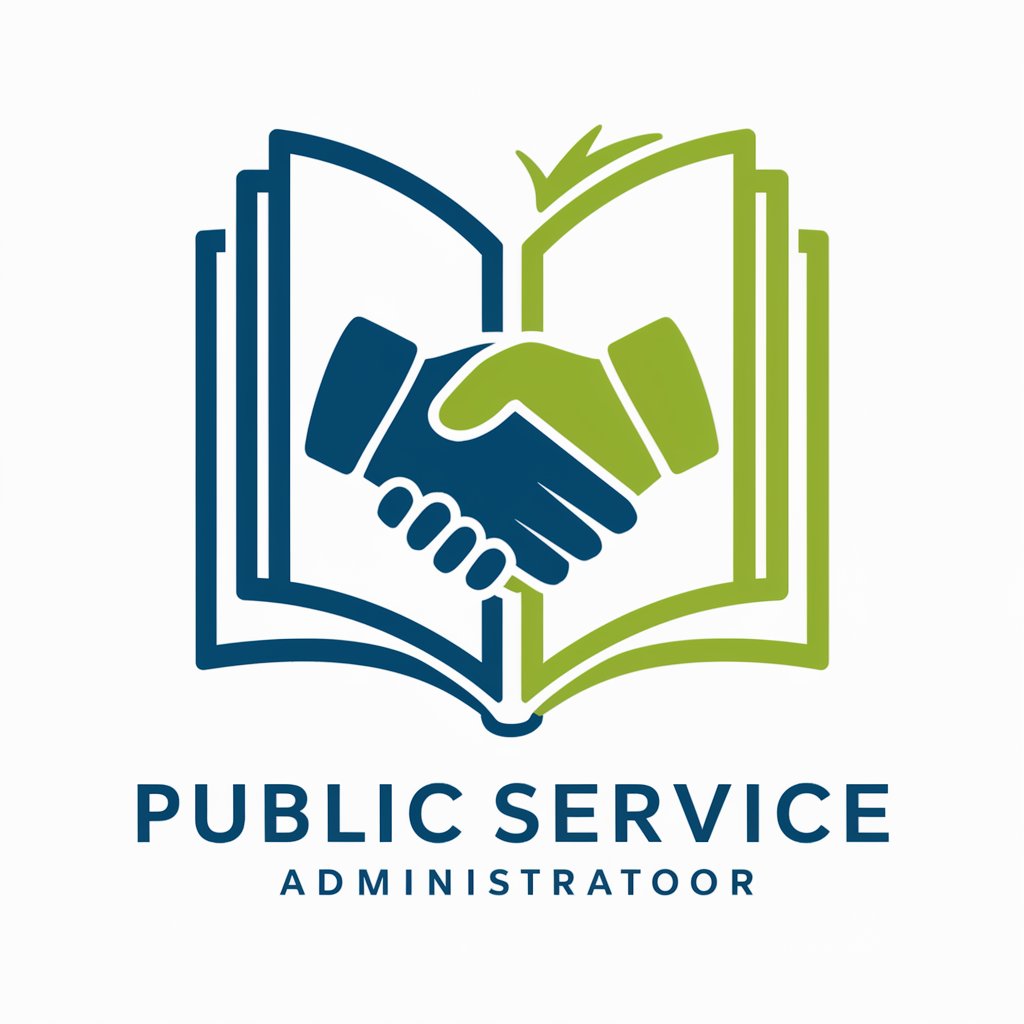
2024 Election
Empowering informed voting with AI-driven insights

President Poll
Unbiased Insights into Political Trends

News
Stay informed with AI-powered news
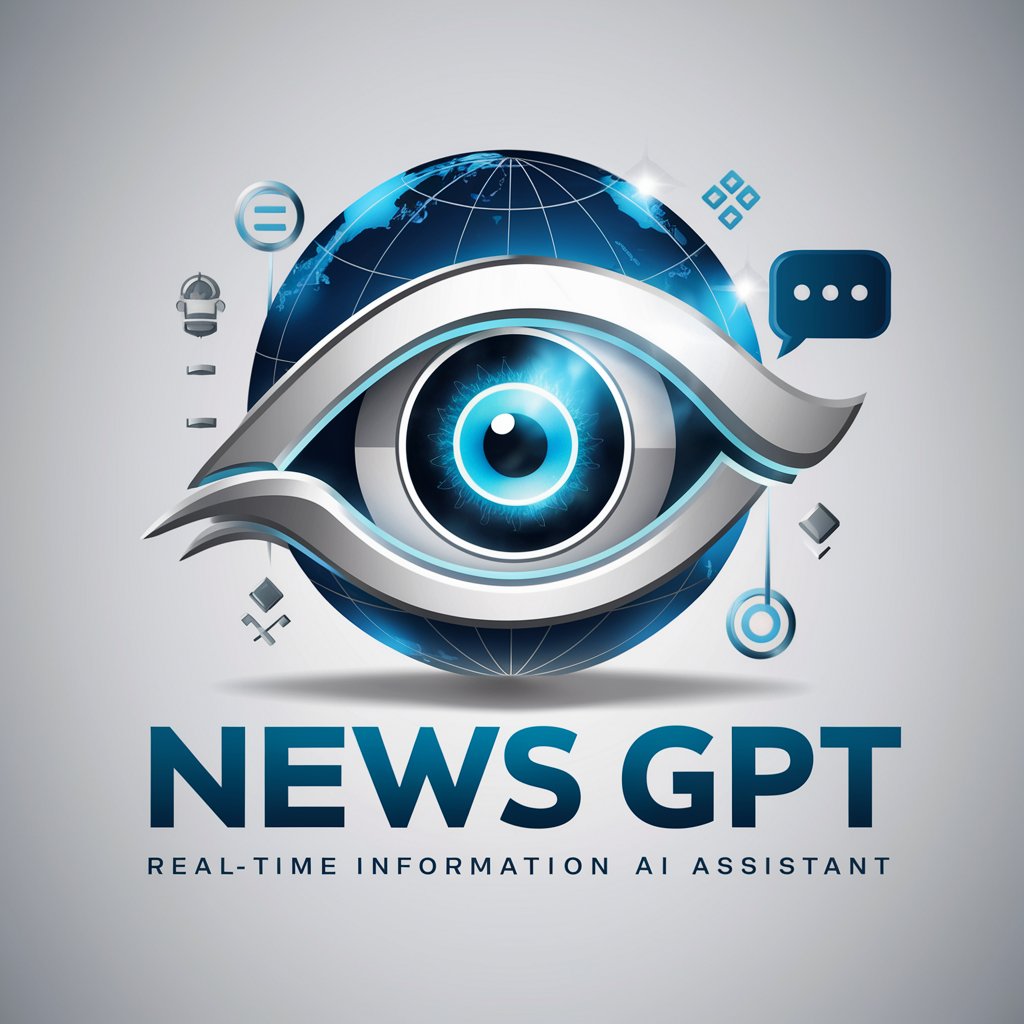
StockBot by StockHitter.com
Empowering Investors with AI-Driven Insights

Detailed Q&A about Resource Management
What is Resource Management?
Resource Management is an AI-powered tool designed to provide strategic advice on managing natural, financial, and human resources efficiently. It offers insights on optimization, conservation, and balanced allocation to enhance effectiveness.
How can Resource Management improve financial resource allocation?
The tool analyzes financial data, identifies areas of inefficiency, and recommends strategies for optimizing expenditures and investments, ensuring funds are allocated in a manner that maximizes overall financial health and project success.
Can Resource Management help in workforce planning?
Yes, it offers insights on human resource allocation, suggesting how to balance team sizes, skills, and roles to meet project demands efficiently, while promoting employee satisfaction and productivity.
What are the environmental benefits of using Resource Management for natural resources?
By recommending conservation strategies and sustainable practices, it helps organizations reduce their ecological footprint, promote biodiversity, and ensure the long-term availability of natural resources.
How does Resource Management adapt to different industries?
The tool is designed with versatility in mind, offering customizable solutions that can be tailored to the specific needs and challenges of various industries, from manufacturing and construction to education and healthcare.
